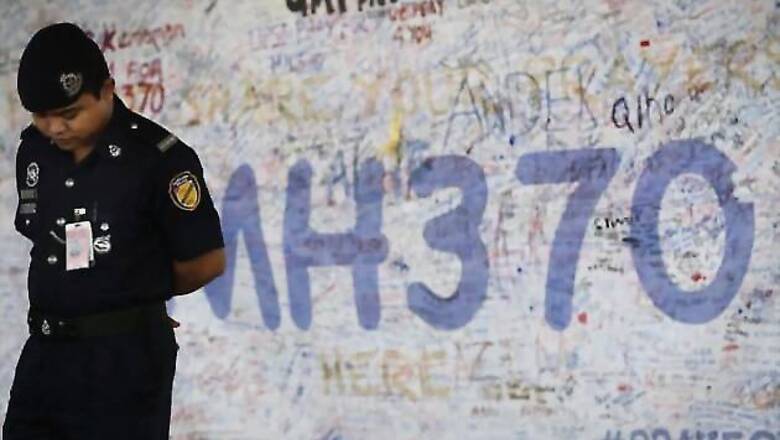
views
Sydney: She wakes up every morning and reaches for the smartphone on her nightstand, searching for the same jumble of letters and numbers that have consumed her life for a year: MH370.
She scrolls through the news results, hoping for something --anything -- that could explain what happened to her husband and the other 238 people on board Malaysia Airlines Flight 370.
But every day, there is nothing. And so Danica Weeks puts down her phone and reaches instead for Paul's wedding ring, which she wears on a chain around her neck. He gave it to her the day he said goodbye to her and their two young sons in Perth, Australia just in case something happened to him on his trip.
"People say, 'How are you coping?'" Weeks says. "I'm not coping. I'm existing."
Punctuating that existence is a gnawing worry about an unspecified day in May. It's the day crews on board four ships that have been scouring a remote patch of the Indian Ocean for the plane, which vanished on March 8, 2014, are expected to finish their search.
What happens if Australian officials overseeing the hunt haven't found the aircraft by then remains unknown. They could search someplace else. They could go back to the drawing board. Or they could simply give up.
It is that last prospect that fills families, search officials and the aviation industry with dread. Because while the ships are out there, Weeks says, she has hope. While the ships are out there, she has a chance, however slim, of finding Paul.
If the search stops "It would destroy me," she says. "I've always said 50 percent of my soul was on that plane with Paul, and each day a little bit has been edging away. And that would be, really, the end of me."
Officials are quick to offer reassurances that they remain committed to finding the plane. But there is an uncomfortably practical concern facing Australia and Malaysia, which have each contributed US dollar 60 million to the hunt: Who will pay to keep on looking?




















Comments
0 comment